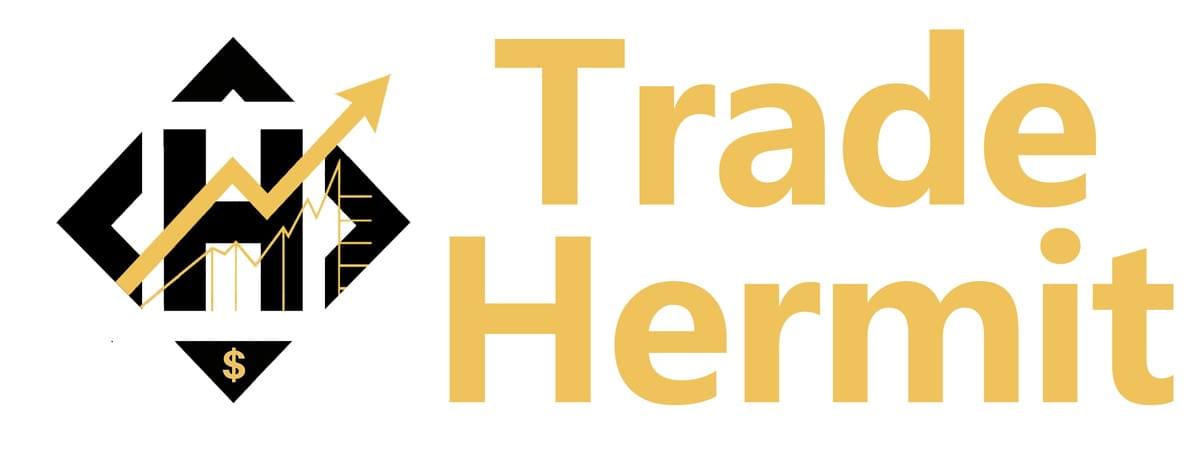In this article, we shift our focus to the present and take a closer look at the intensifying U.S. trade war. To truly understand this conflict, we must first address a fundamental question: What is the underlying logic behind America’s decision to launch a trade war? Only by answering this can we gain clarity on the broader trajectory of international politics.
I. Why Is the U.S. Waging a Trade War?
The simple answer: the U.S. is facing a series of systemic challenges.
1. Domestic Fragmentation: Economic, Social, and Political
The first is internal fragmentation. In short, economic disparities in the U.S. have triggered social division, which in turn has led to political polarization.
Historically, the East Coast (financial capital), West Coast (technological innovation), and the industrial Midwest (mass manufacturing) each played a complementary role in the American economic machine. Innovations from Silicon Valley were commercialized in the Rust Belt, financed by Wall Street.
However, in the early 21st century, China began absorbing much of the global mass production capacity — the “1 to n” process — effectively displacing America's Midwest. This further enriched the coasts, which benefited from both capital and innovation, while the industrial heartland fell into decline, becoming what we now call the Rust Belt.
This economic fracture led to deep social rifts, which soon manifested in political extremism. Recent U.S. elections have made these tensions visible, and this polarization has influenced not only domestic policy but also America's increasingly aggressive foreign posture. These issues are interlinked — political, economic, social, and diplomatic — and must be understood holistically.
The second challenge is fiscal inflation. As the world’s largest consumer economy, the U.S. finances global demand by issuing debt — a process that has spiraled in recent years.
During the COVID-19 pandemic, the Treasury massively increased bond issuance. When markets couldn’t absorb this supply, the Federal Reserve intervened by effectively printing money. This drove inflation. On top of that, supply chain disruptions and direct cash transfers to citizens spurred demand, but with limited supply, prices surged further.
In response, the Fed raised interest rates aggressively. Higher bond yields and ballooning debt created an unsustainable fiscal burden. Rolling over low-yield debt with high-yield issuances has compounded this strain.
3. Multilateral Institutions: From Asset to Liability
The third issue involves multilateral institutions such as the WTO and the UN. These organizations, established largely under U.S. leadership after WWII, were originally tools through which America could project its values and interests globally.
But in a world where U.S. dominance is no longer uncontested, these institutions have become constraints. America's policy preferences are now often counterbalanced by other powers, and internal value conflicts have paralyzed action — as seen in the UN’s limited response to the Russia-Ukraine war.
From Washington’s perspective, these once-useful platforms now dilute its influence. As a result, the U.S. is increasingly bypassing multilateralism in favor of direct, bilateral deals.
II. Strategic Goals of the U.S. Trade War
Now that we understand the drivers, let’s examine the goals behind the trade war.
1. Manufacturing Reshoring
The primary objective is to bring manufacturing back to the U.S. to rejuvenate the Rust Belt and alleviate domestic inequality.
But reshoring and job creation are two distinct challenges. High-margin investment still favors the coasts. For reshoring to succeed, the government must offer subsidies — funded potentially by tariffs on imports. This idea is articulated in the 2024 “Milan Report” authored by Jared Bernstein, current Chair of the White House Council of Economic Advisers.
The report argues that after decades of ignoring manufacturing decline, the U.S. must rebuild industrial capabilities tied to national security — even if large-scale reshoring is unfeasible. Tariffs, therefore, are not just economic tools but strategic levers to realign America’s industrial base.
That said, job creation remains elusive. Automation and high labor costs mean that even if manufacturing returns, it may not generate significant employment. The long-term hope is that innovation (e.g., AI) will eventually create new industries that can absorb displaced workers — but that’s a slow process.
2. Reducing the Trade Deficit
Another goal is to reduce America’s massive trade deficit, which would lower the need to issue new debt and help tame inflation.
But this is complicated. Reducing the deficit means fewer dollars flow abroad, weakening the U.S. dollar’s role as a global reserve currency. This is the core of the Triffin Dilemma: maintaining a global currency requires persistent deficits, but persistent deficits erode financial stability.
To address this, the Milan Report proposes that countries with large surpluses against the U.S. be forced to swap their Treasury holdings into ultra-long-term debt — even 100-year zero-coupon bonds. If they refuse, the U.S. should impose tariffs to force compliance.
While this may sound coercive, from the American perspective, it’s a call for burden-sharing. The U.S. has underwritten global consumption for decades — shouldn’t others help shoulder the fiscal cost?
3. Rebuilding the Global Order
The third strategic objective is geopolitical. By bypassing multilateral institutions and negotiating bilaterally, the U.S. aims to reshape the global order into a hub-and-spoke model — a network of bilateral relationships centered on Washington, replacing the multilateral, networked structure that now limits U.S. flexibility.
Conclusion: A Familiar Strategy in a New Era
In summary, the U.S. trade war is not a mere Trump-era anomaly. It is rooted in deep structural challenges: domestic fragmentation, fiscal inflation, and institutional constraints. Washington seeks to address these through:
Rebuilding manufacturing (especially tied to national security)
- Reducing the trade deficit and debt load
- Replacing multilateralism with U.S.-led bilateralism
- This strategy is not new — America used similar tools against Japan and Europe during the 1960s–80s. Back then, U.S. allies eventually acquiesced. Today, however, the landscape is different. The primary target is China, a strategic rival unlikely to comply. Meanwhile, the global order is evolving rapidly, altering the backdrop for geopolitical competition.
This is not just a trade war. It is an attempt to redefine America’s role in a changing world.
*For more information about signal stack resources, please follow:
https://t.me/TradeHermitMain
https://t.me/TradeHermitResearch
https://t.me/TradeHermitEdu
Your trusted source for professional analysis and trading knowledge.

